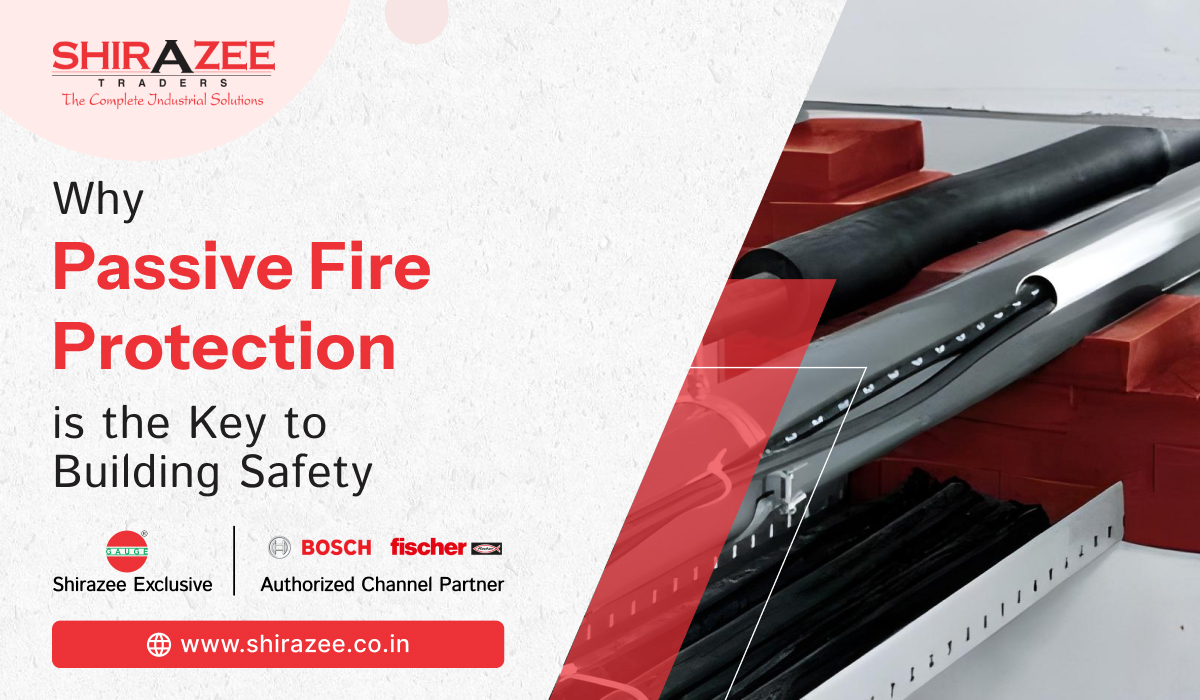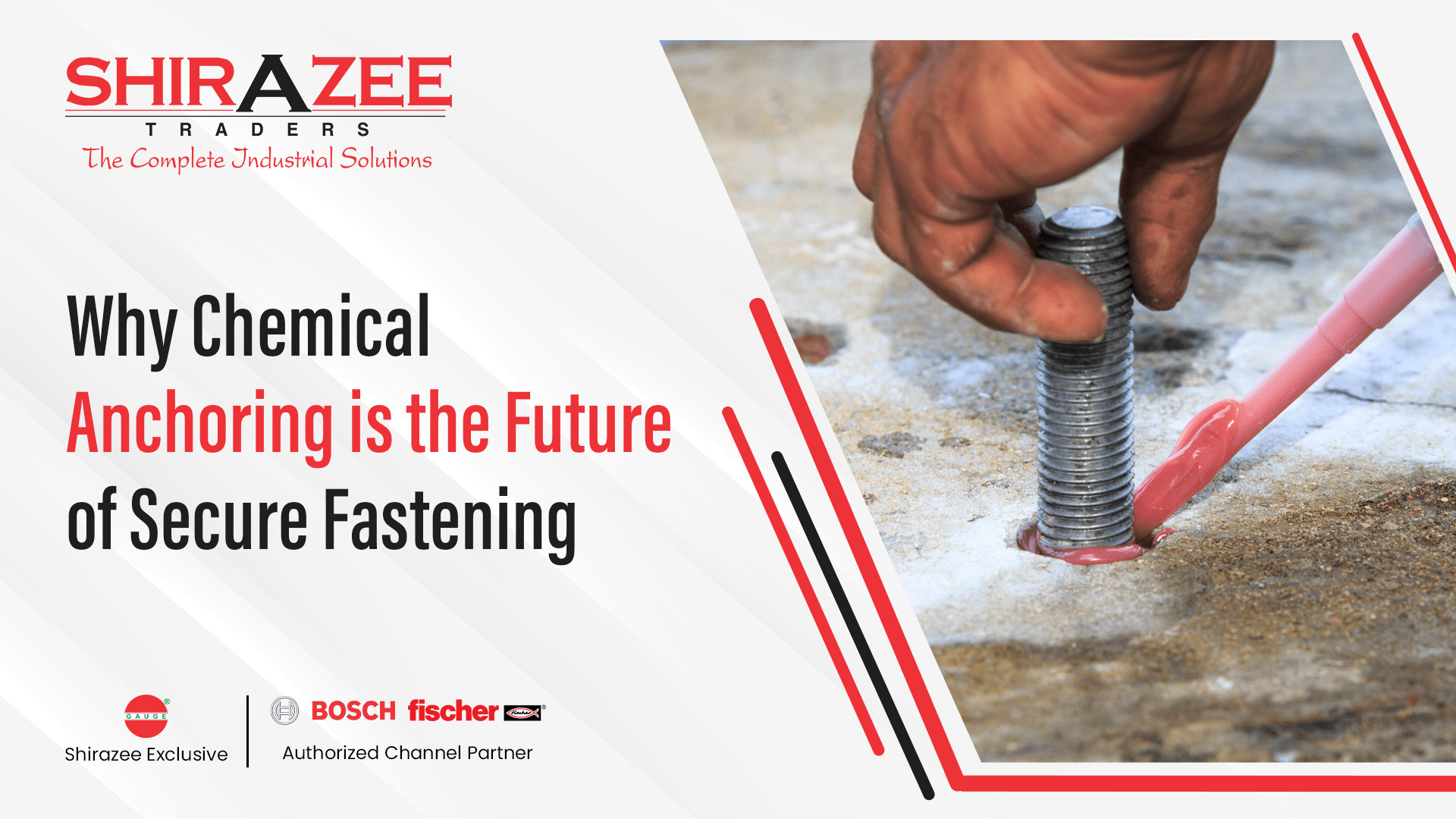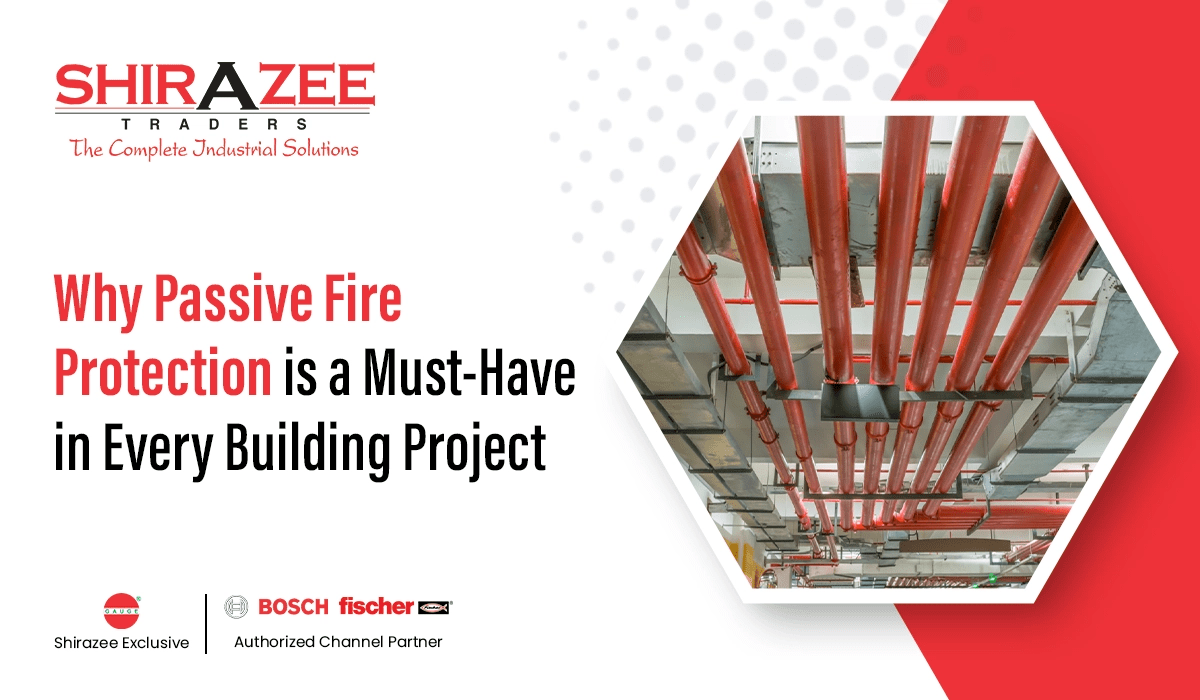
Is your building ready to resist this destructive force?
A fire can break out anytime, anywhere. And when it does, every second counts. The sad reality? Many buildings are sitting ducks—loaded with flammable materials, poorly designed escape routes, and outdated safety measures. In crowded urban areas and tall skyscrapers, fire safety is more than just a box to be checked off a list. It’s a survival issue.
Solutions for passive fire protection can help with this. Passive fire protection systems operate in the background, discreetly protecting building spaces by stopping the spread of fire, in contrast to sprinklers and alarms that activate when flames start. By saving valuable time, these solutions guarantee safer evacuations and lessen property damage.
What is the process of passive fire safety, then? And what makes it revolutionary for contemporary construction? Let’s get started.
What is Passive Fire Protection?
At its core, passive fire protection solutions are fire-resistant materials and systems built into a structure. Their job? Containment. By slowing fire and smoke spread, they keep flames from consuming an entire building, giving people time to escape and firefighters a fighting chance.
How It Differs from Active Fire Protection (AFP)
- Passive Fire Protection (PFP): Always in action. Think fire-resistant walls, doors, and coatings—designed to keep fire in check without human intervention.
- Active Fire Protection (AFP): Needs activation. Sprinklers, extinguishers, and alarms require power or manual operation.
Active protection fights the fire, but passive protection ensures there’s less fire to fight.
Importance of PFP in Building Safety
Seconds can make the difference between safety and disaster. Here’s why PFP is the silent guardian of every building.
-
Slows Down Fire Spread
Fire moves fast—fast. Passive fire safety solutions compartmentalize building spaces, limiting fire movement and stopping it from turning into an uncontrollable inferno.
-
Protects Structural Integrity
Fire weakens steel and concrete, increasing the risk of collapse. Fireproof coatings and barriers ensure a building stands firm, even under extreme heat.
-
Ensures Life Safety
Most fire deaths aren’t from flames but from toxic smoke. Smoke barriers and fire-rated doors prevent inhalation hazards, making escape routes safer.
-
Compliance with Fire Codes
Fire safety isn’t a choice; it’s the law. Without proper passive fire safety systems, buildings fail safety inspections, leading to fines or legal trouble.
-
Reduces Property Damage
The more fire spreads, the more destruction it causes. Passive fire protection solutions minimize the extent of damage, cutting down costly repairs.
-
Works Without Power or Human Intervention
Unlike sprinklers that fail if the water supply is cut off, PFP works 24/7, with no activation needed.
While sprinklers might not work due to power failure, fire-resistant walls never fail.
Key Components of Passive Fire Protection
What makes a building fire-resistant? The answer lies in these seven essential components.
-
Fire-Resistant Walls and Floors
In order to keep fire from spreading throughout the entire building, these serve as imperceptible barriers that contain flames within small spaces.
-
Fire-Rated Doors and Windows
Have you ever seen commercial buildings with those massive doors? This is because its architecture ensures safer escape pathways by blocking smoke and fire.
-
Intumescent Coatings
Heat-triggered magic! When exposed to high temperatures, these coatings expand, forming an insulating layer to protect steel structures from fire damage.
-
Fireproof Sealants and Joints
Small gaps can become big problems in a fire. Special sealants prevent fire from sneaking through walls and ceilings.
-
Fire Dampers in HVAC Systems
Air ducts can become fire highways if not adequately protected. Fire dampers automatically shut when heat is detected, stopping flames from spreading through ventilation systems.
-
Fire-Resistant Cladding and Insulation
A must-have for high-rises! Fire-resistant external panels prevent fires from spreading across building facades.
-
Emergency Escape Routes & Fire Compartments
Strategically placed barriers keep hallways and staircases smoke-free, giving people a clear exit path.
A building is only as strong as its weakest fire barrier—every layer of PFP matters.
Real-Life Example of PFP Safety in India
Fire safety isn’t just theory—it’s saving lives in the real world.
-
Palais Royale, Mumbai
This luxury skyscraper integrates passive fire safety systems like fire-rated walls and smoke barriers to protect residents during emergencies.
-
IIT Bombay
Educational institutions need fire safety, too! IIT Bombay uses passive fire protection solutions, such as fire-resistant materials and compartmentalized spaces, to prevent fire hazards.
-
Fire Safe India 2047 Initiative
A national movement dedicated to incorporating passive fire safety into new and existing buildings, setting higher standards for fire resilience across India.
When disaster strikes, these buildings won’t just stand tall—they’ll stand safe.
Future Developments in PFP
Tomorrow’s buildings will be more innovative and safer—here’s how PFP is evolving to meet the future.
-
Market Growth
The global market for passive fire safety solutions is expected to jump from $5.1 billion in 2024 to $5.48 billion in 2025.
-
Material Innovations
New-age intumescent paints and sustainable fireproof materials are revolutionizing construction. The future of passive fire protection solutions is greener and more vigorous.
-
Tech Integration
Smart fire alarms, AI-powered risk assessments, and real-time monitoring are changing the game. The future isn’t just about preventing fires—it’s about predicting them.
-
Better Fireproofing in Design
Architects prioritize passive fire safety systems from the blueprint stage, making fire resistance a built-in feature rather than an afterthought.
Fire safety is no longer an afterthought—it’s becoming a cornerstone of modern architecture.
Summing Up!
Fires don’t wait, and neither should we. Fire safety isn’t optional, whether it’s a residential complex, a corporate tower, or a school. Passive fire protection solutions can make the difference between a minor incident and a catastrophe. They slow the spread, protect lives, and prevent large-scale damage.
Their effectiveness is demonstrated by real-world examples, and ongoing advancements in passive fire safety only make it stronger. Investing in these solutions helps to ensure that buildings are safe, not only to comply with codes.
Fire safety isn’t optional. PFP isn’t just protection—it’s prevention.







